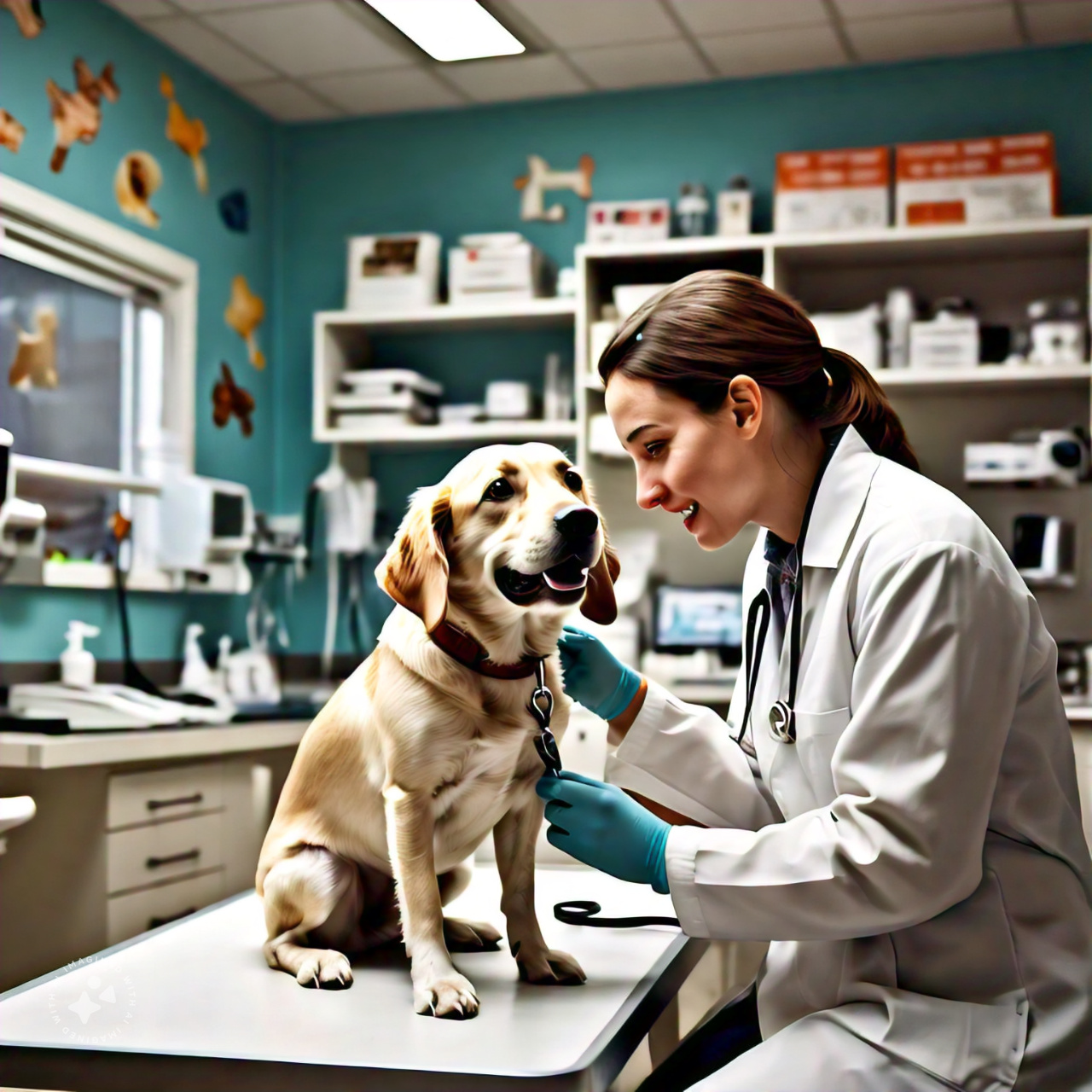Exercise for Pets: Keeping Your Pet Active and Healthy
November 9, 2024 | by author1@petcaretips.us

Exercise for pets is essential to their physical and mental well-being. Regular physical activity not only helps control weight but also prevents boredom, anxiety, and other behavioral issues. Here, we’ll explore tips on how to keep your pet active and why it’s so important for their health.

Why is Exercise for Pets Important?
Exercise isn’t just about burning calories. Active pets tend to be happier, healthier, and live longer. Physical activity supports strong muscles, healthy joints, and cardiovascular health. Mentally, it helps reduce anxiety, destructive behavior, and even depression in pets.
Identify the Right Type of Exercise for Your Pet
Every pet has unique exercise needs based on age, breed, and health status. For instance, high-energy dog breeds like retrievers and border collies require vigorous activities, while smaller or older pets might benefit from moderate exercise. Cats generally prefer shorter, playful sessions.
Fun and Effective Ways to Exercise Your Dog
Dogs typically need between 30 minutes to 2 hours of exercise daily, depending on their age and breed. Some great options include:
- Walks: The classic option, beneficial for both physical and mental stimulation.
- Fetch: An excellent way for high-energy dogs to burn off excess energy.
- Agility Training: Set up obstacles in your yard or at a park for mental and physical engagement.
Engaging Exercise Ideas for Cats
Cats might be less enthusiastic about exercise, but they still need activity to stay fit. Try these fun ways to keep your cat moving:
- Interactive Toys: Use feather wands, laser pointers, or balls to encourage pouncing and running.
- Climbing Towers: Cats love to climb. Set up cat towers or wall shelves to create a fun climbing environment.
- Hide and Seek: Hide treats around the house to make your cat search and move around.
Consider Your Pet’s Health Limitations
Always take your pet’s health into account when planning exercise routines. Overexerting pets with joint issues, for instance, can lead to injuries. If your pet has any medical conditions, consult a veterinarian for safe exercise options tailored to their needs.
Make Time for Daily Play Sessions
Even short, daily play sessions can greatly benefit pets. Playtime offers mental stimulation, strengthens your bond, and helps expend pent-up energy. For small pets or those with limited mobility, even indoor activities can be beneficial.
Exercise for Small Animals and Birds
Exercise is important for all types of pets, including rabbits, guinea pigs, and birds. These pets benefit from activities such as:
- Outdoor Runs (for small animals): Allowing rabbits or guinea pigs to safely roam in a yard or pet-safe enclosure.
- Toys and Climbing Structures (for birds): Birds need mental stimulation, so provide toys, swings, and perches in their cages.
Preventing Exercise-Related Injuries
As beneficial as exercise is, always monitor your pet to avoid injuries. For dogs, warm up with a short walk before intense activities. For cats, keep play sessions short to prevent overstimulation. Ensuring a safe environment is key to injury-free exercise.
Conclusion: Regular Exercise for Pets Promotes a Healthy Life
Prioritizing exercise for pets ensures a healthy, balanced life. Tailor activities to your pet’s needs, and remember that a happy, active pet is a well-adjusted pet. If you’re unsure about what’s best, consult a veterinarian to develop a customized exercise plan for your furry friend.
RELATED POSTS
View all


